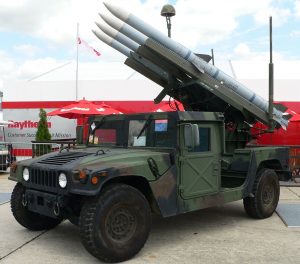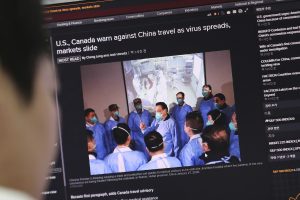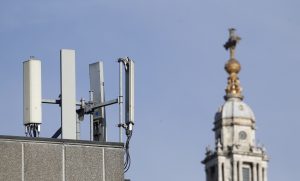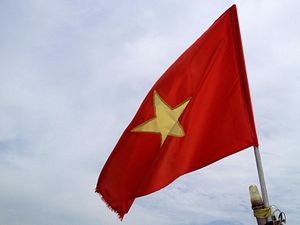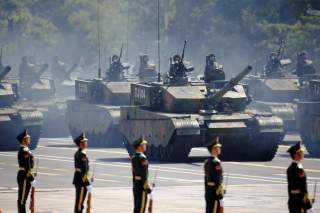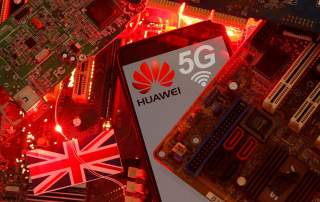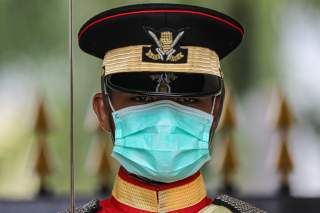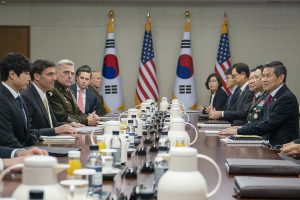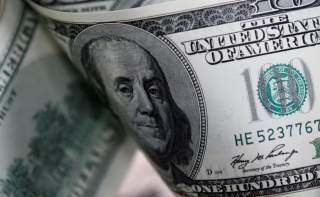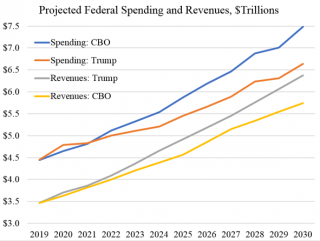by Uma Majmudar
One was a Hindu monk who looked like a prince, whereas the other—a British educated barrister turned politician—looked like “a half-naked fakir,” as Churchill described him deridingly. The monk in the princely garb was none other than Swami Vivekananda, who mesmerized Eastern and Western audiences not only by his magnificent looks and magnetic personality, but also by the forceful delivery of his universal message of Vedanta in the last decade of the nineteenth century. The half-clad man in the loin-cloth, despite his lowly peasant garb and poor physique, came to be revered around the world as Mahatma Gandhi—the saintly politician who set India free from the imperialist British rule by launching his most powerful weapon of nonviolent resistance, called, (satya: truth, agraha: insistence).
Before delving deep into their personal backgrounds and family influences, it will be worthwhile to first examine the nineteenth century colonial Indian national environment that shaped the thoughts and responses of both Vivekananda and Gandhi. If India, under the British raj, had lost her luster and pride of who she once was—a spiritually leading nation with a vibrant culture and rich civilization—the people of India, too, had become demoralized and depressed; wallowing in self-pity and a servile mentality, they had lost faith in themselves, in their country, and in their unique ancient religious heritage of the Vedas and the Upanishads. Succumbing to superstitions and bickering over petty rituals, caste-rules and restrictions, they had sold their souls, as if to the forces of darkness. Right around the corner, Christian missionaries were waiting in the wings, ready to pounce upon their weakened and vulnerable prey; they launched a deadly attack on Hinduism and began to convert the Hindus to Christianity. We will later examine Vivekananda’s and Gandhi’s individual responses to this nationwide demoralization and social-religious degradation. In addition to these national themes, we shall also examine their regional/cultural milieu which also contributed to the shaping of each one’s specific response.

